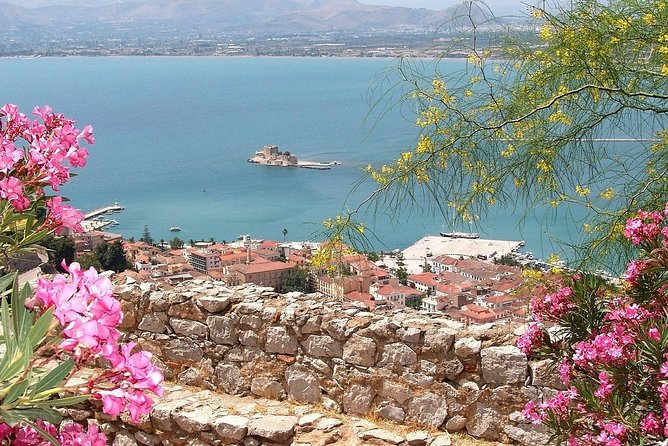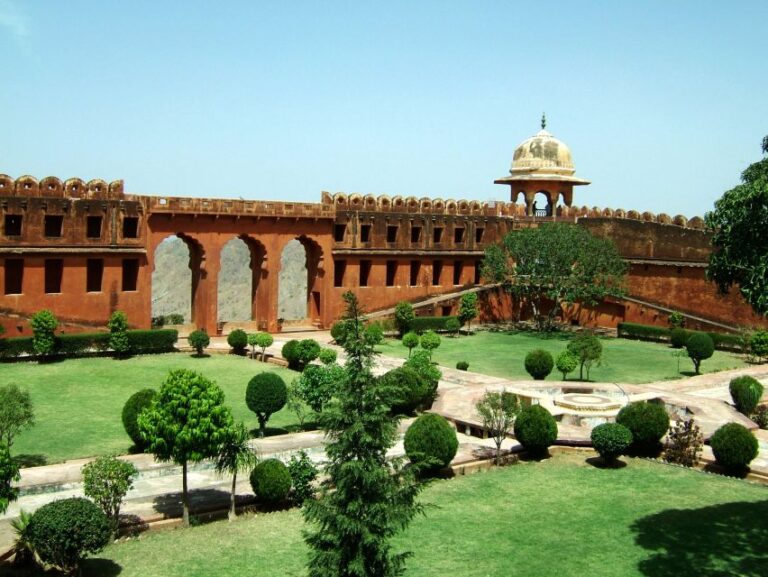What is Reflection Nebula?
A reflection nebula is a type of nebula that reflects the light from a nearby star or stars, rather than emitting its own light. This makes them appear blue or blue-green in color, as the blue light is the most easily reflected.
One of the most famous reflection nebulae is the Pleiades, also known as the Seven Sisters. This cluster of stars is located in the constellation Taurus and is easily visible to the naked eye. The Pleiades is surrounded by a reflection nebula, making it appear even more stunning in the night sky.
Reflection nebulae are often found near young, hot stars that are still in the process of forming. The dust and gas in these nebulae is thought to be left over from the star formation process, and is being pushed away by the radiation and winds from the newly formed star.
The dust and gas in a reflection nebula is not dense enough to create a dark nebula, which blocks light from the stars behind it. Instead, the light from the nearby star or stars is able to penetrate the nebula and bounce off the dust particles, creating the beautiful blue or blue-green glow that we see.
Along With the Pleiades, other well-known reflection nebulae include the Trifid Nebula and the Lagoon Nebula. These nebulae can be observed with telescopes or even with a good pair of binoculars on a clear night.
Overall, reflection nebulae are fascinating objects in the universe, providing us with a glimpse into the processes of star formation and the beauty of the cosmos.
Reflection nebulae are a type of interstellar gas and dust cloud that are illuminated by the light of nearby stars. These nebulae are often beautiful and striking in appearance, with their glowing blue and white hues. Here are a few examples of reflection nebulae that are worth noting.
One of the most famous reflection nebulae is the Pleiades, also known as the Seven Sisters. This open star cluster is located in the constellation Taurus, and is visible to the naked eye even in light-polluted areas. The Pleiades contains several young, hot stars that are responsible for illuminating the surrounding dust and gas. This reflection nebula is particularly striking because it appears as a cluster of bright, blue-white stars surrounded by a hazy blue cloud.
Another well-known reflection nebula is the Trifid Nebula, located in the constellation Sagittarius. This nebula has a unique three-lobed appearance, hence its name. The Trifid Nebula is illuminated by a bright, young star at its center, which causes the surrounding gas and dust to glow. The blue-white light from the central star is scattered by the dust, creating a beautiful, swirling effect.
The Lagoon Nebula, located in the constellation Sagittarius, is another example of a reflection nebula. This nebula is a massive cloud of gas and dust, and is illuminated by several hot, young stars. The light from these stars is scattered by the dust and gas, creating a glowing blue and white cloud. The Lagoon Nebula is also home to several dark patches, which are caused by dense clouds of dust blocking the light from the central stars.
Overall, reflection nebulae are fascinating objects in the night sky. Their beautiful blue and white hues are a reminder of the incredible processes that take place in the universe. Next time you look up at the night sky, be sure to look for these glowing clouds of gas and dust.
No, a dark nebula cannot become a reflection nebula. Dark nebulae are clouds of dust and gas that absorb light, making them appear dark against the background of stars.
On the other hand, reflection nebulae are clouds of gas and dust that reflect light from nearby stars, making them appear bright.
The composition and properties of dark nebulae are different from those of reflection nebulae, so it is not possible for a dark nebula to transform into a reflection nebula.
Emission nebulae are clouds of gas and dust that emit light, often due to the presence of hot, young stars within the nebula.
The light emitted by these nebulae is typically in the visible spectrum, and can appear in a variety of colors depending on the chemical composition of the gas and dust. Examples of emission nebulae include the Orion Nebula and the Lagoon Nebula.
Reflection nebulae, on the other hand, do not emit their own light, but rather reflect the light of nearby stars. These nebulae are typically made up of dust particles that are able to scatter the light of nearby stars, creating a diffuse, glowing appearance.
Reflection nebulae can appear blue in color due to the scattering of blue light by the dust particles. Examples of reflection nebulae include the Pleiades and the Trifid Nebula.




